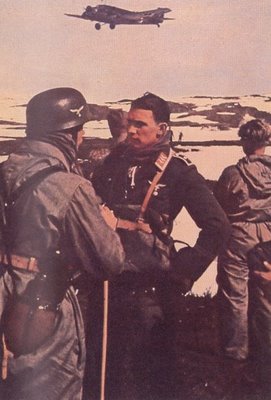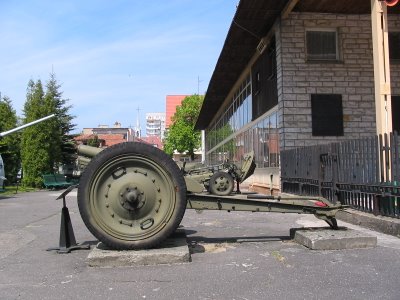 Surveying the Combatants
Surveying the CombatantsIn the previous six articles, I have devised a way of rating the weapons effectiveness of various infantry battalions fielded by the Germans and the allies. This rating was expressed in Kilograms of metal and high-explosive that a given battalion, assumed to be at full strength in personnel and weapons, could produce in one minute of combat. To better understand what these figures imply for the men who fought, the figures must be compared. To simplify the comparison, I will take each weight of fire figure in Kilograms, divide by 100, and round off. Furthermore, I will sort the figures in descending order so that the reader can see straight off which battalions were the most powerful:
11...German Panzergrenadier Battalion
9....German regular Grenadier Battalion
9....German Paratrooper Battalion
7....German Volksgrenadier Battalion
5....US Infantry Battalion
5....French Infantry Battalion
4....British Infantry Battalion
3....Soviet reduced-strengh Rifle Battalion
Significantly, the allied units occupy the bottom slots of this table. In most cases, they are out-gunned by 2 or even 3 to 1.
Much hay is made accusing the allies of relying on overwhelming aerial and artillery firepower to win the victories they achieved in 1944-45. In fact, the allies did use a lot of artillery and close air support in their style of warfighting, and I hope the table above makes it clear why this had to be so. Factor in also the defensive, often dug-in or even fortified posture of the German troops during the final year of the war, and it becomes overwhelmingly apparent why the allies had to use so much firepower to defeat the Germans. It wasn't, as has been suggested, that the allies lacked enough 'fire in the belly' to go after the Germans (as if hand-to-hand and bayonet actions were really that common in the 1940's!), it was simply that at the level where infantry combat is decided, the allies lacked enough organic firepower to counter and supress what was being fired at them from the German lines. Thus, there was a heavy reliance on artillery and close air support to tip the scales and allow the allied infantry to close with their opponents.
None of this, of course, is apparent without a detailed survey of weapons and unit organizational structures. Telling sly half-truths on the internet is far easier and faster than conducting the research needed to understand the complex factors underlying relative unit strengths. Perhaps, the lesson in all this is that history, like all things, is far more complex than we give it credit for. Beware of the cozy, well-accepted "truths" that emerged out of the Second World War. While they are sometimes true in certain circumstances, they are rarely as universally applicable as some would have you believe.












